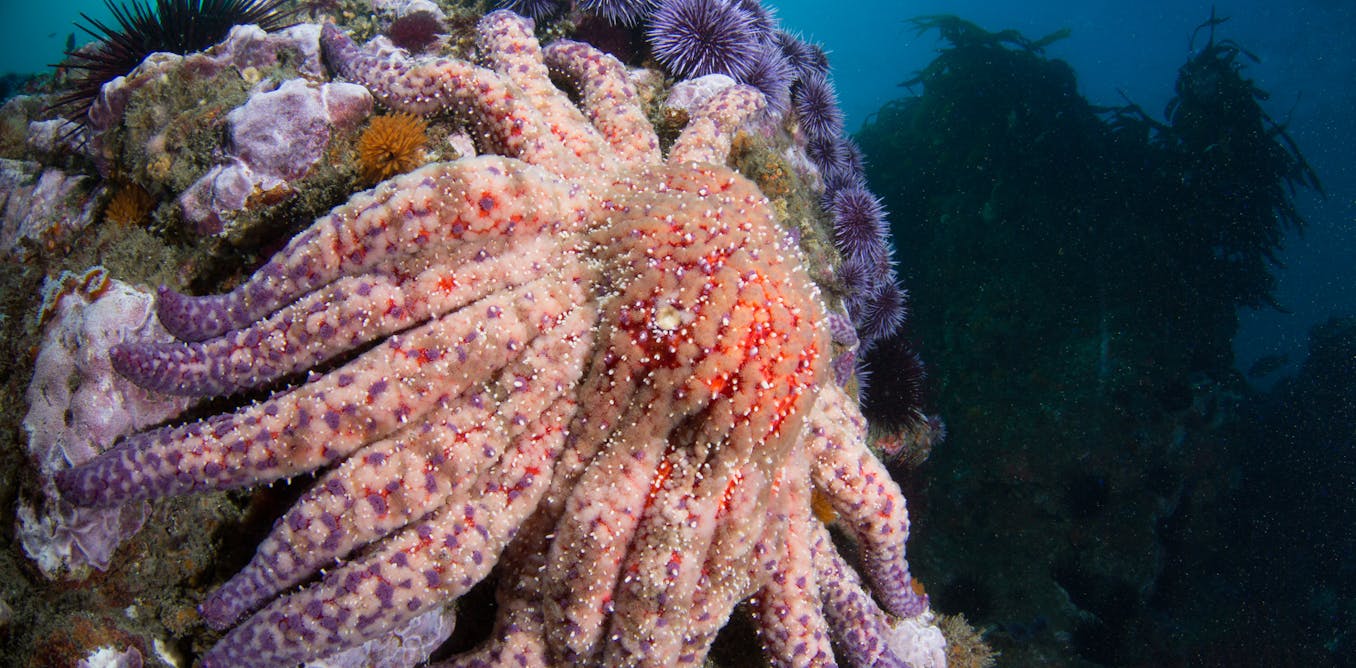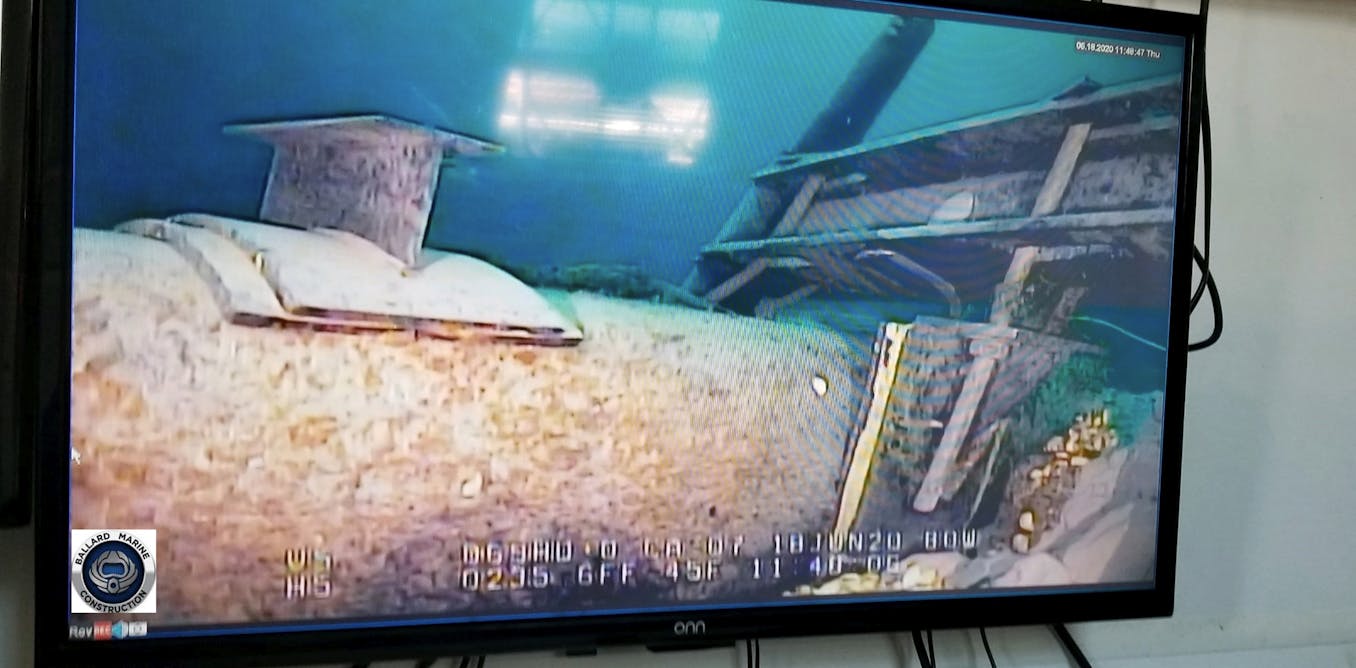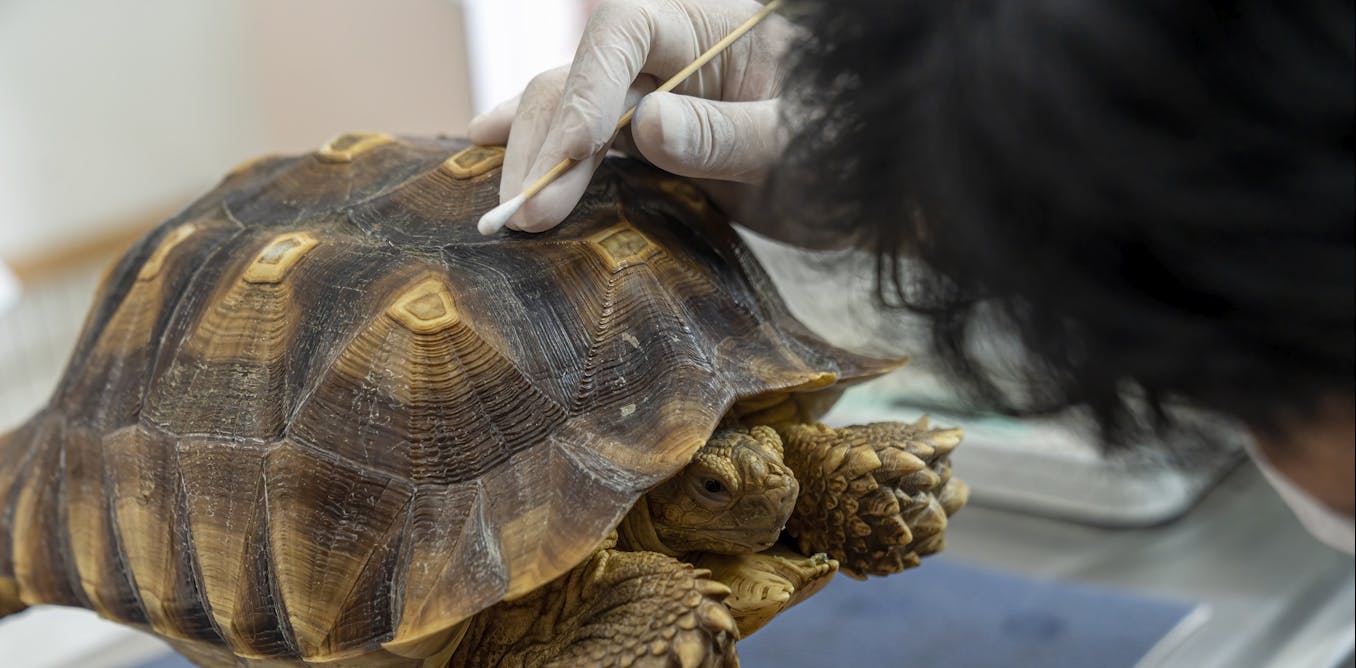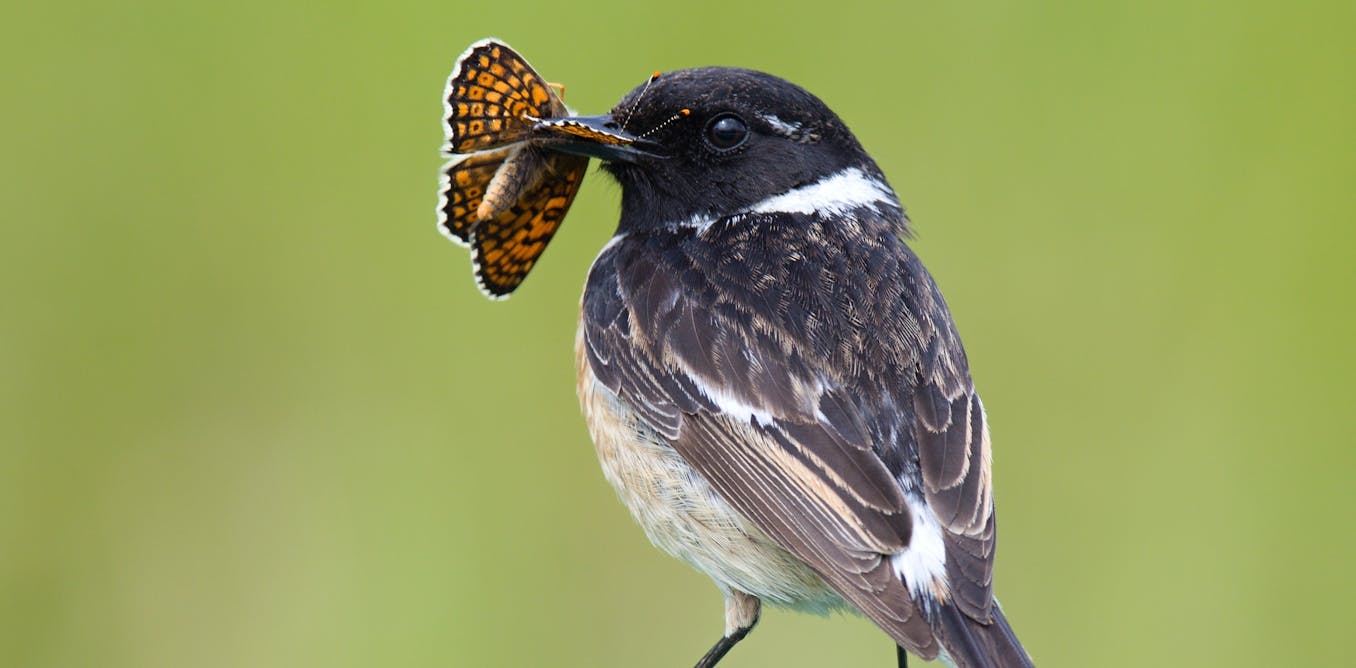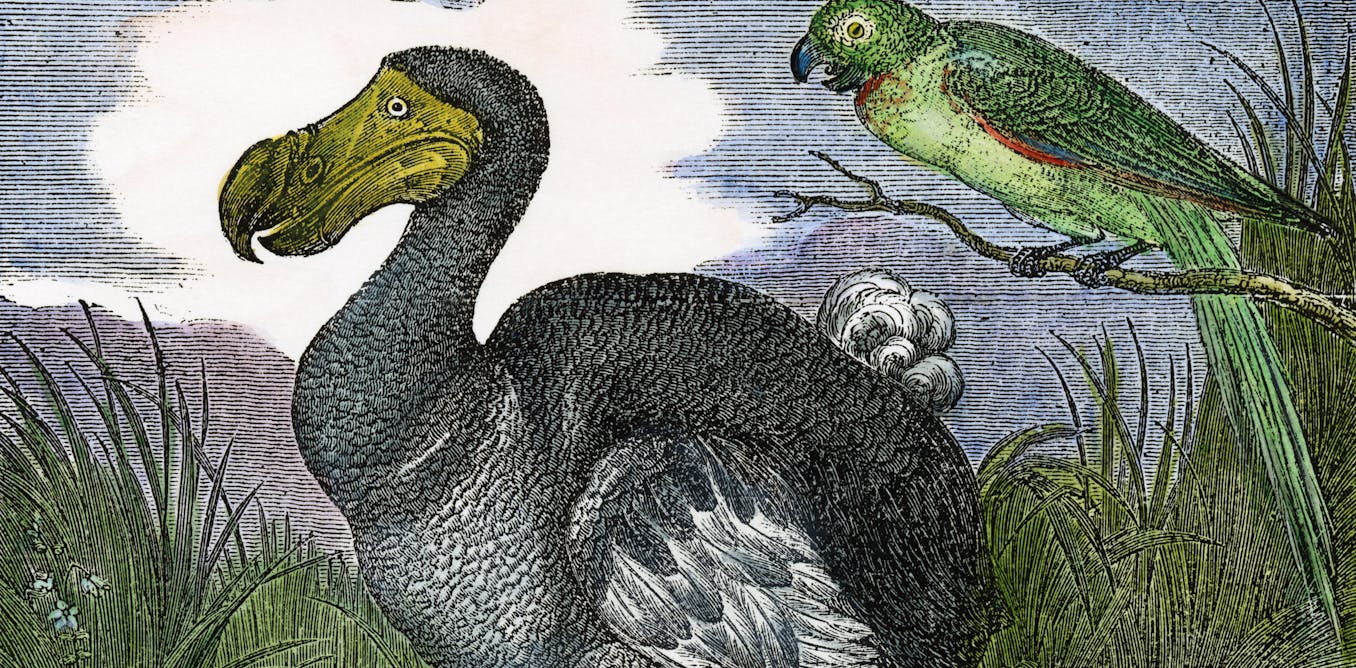Seagrass, a marine plant that flowers underwater, has lots of environmental benefits – from storing carbon to preventing coastal erosion. This 3D habitat is often a haven for wildlife but, with so many seagrass restoration projects now happening globally, success can be hard to quantify.
In this episode of The Conversation Weekly podcast, we speak to Isabel Key, a marine ecologist at the University of Edinburgh in the UK, about her work recording the soundscape of Scottish seagrass meadows to uncover more about the creatures living within them. She also explains how this is the first step in the development of a seagrass sound library and potentially even artificial intelligence tools that could help us better understand the sounds of the sea.
Recording soundscapes in seagrass is a useful tool because it allows researchers like Key to listen in and detect creatures that can’t be seen. Perhaps they’re camouflaged, hiding or nocturnal. It’s also a cheap and easy method that causes minimal disturbance.
After she collects audio clips recorded in seagrass meadows off the shores of Scotland, Key analyses her recordings using “acoustic indices”. “These are measures of the complexity of the soundscape,” she explains. “That includes animal sounds but also waves, boat noise and chinking mooring chains.”
Key also assesses phonic richness by listening to one-minute-long clips:
Looking at the spectrogram – a visual depiction of these sounds – I can count how many different types of animal sounds are present. That’s time-consuming but gives a great insight.
She’s noticing a characteristic seagrass soundscape with certain sounds occurring more commonly in seagrass than in sandy habitats. “Fish make low-pitched grunting, burping or purring noises. Crabs make higher-pitched metallic sort of scraping sounds,” she says.
Isabel Key, CC BY-NC-ND
As well as hearing sounds from marine animals, the waves and human activity, she’s been hearing a rather more surprising sound coming from the seagrass itself as well.
Once a more comprehensive sound library can be built, machine learning could be used to hear how seagrass meadows, and other marine habitats, are faring, both in Scotland and in oceans around the globe.
Listen to the full interview with Issy Key, and to some of her seagrass sound recordings, on The Conversation Weekly podcast.
Disclosure statement: Isabel Key receives funding from the Natural Environment Research Council and NatureScot.
A transcript of this episode is available on Apple Podcasts.
Recordings in this episode courtesy of Isabel Key. A recording of an Atlantic cod from Hawkins and Rasmussen (1978) and Hawkins and Picciulin (2019) from fishsounds.net.
This episode of The Conversation Weekly was written and produced by Katie Flood. Sound design was by Eloise Stevens, and our theme music is by Neeta Sarl. Stephen Khan is our global executive editor.
You can find us on Instagram at theconversationdotcom or via email. You can also subscribe to The Conversation’s free daily email here.
Listen to The Conversation Weekly via any of the apps listed above, download it directly via our RSS feed or find out how else to listen here.
The post “Busy soundscapes of seagrass meadows and the animals that live there revealed in new recordings – podcast” by Gemma Ware, Head of Audio was published on 07/04/2024 by theconversation.com

The post “New recordings uncover the vibrant soundscapes of seagrass meadows and the diverse wildlife that inhabit them – podcast – GretAi News” by GretAi was published on 07/04/2024 by news.gretai.com











